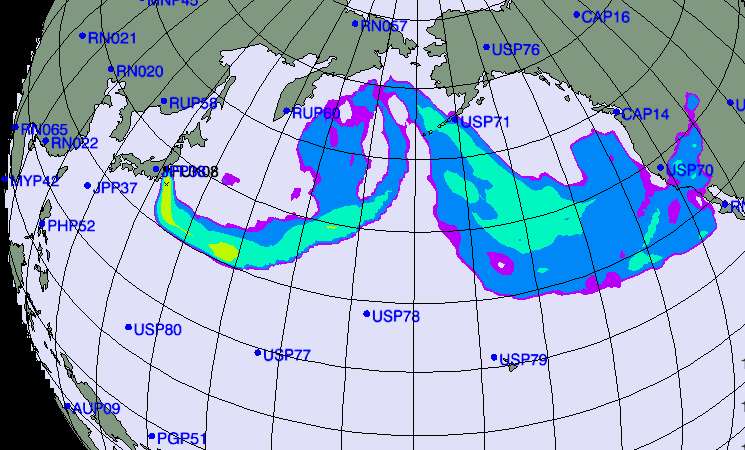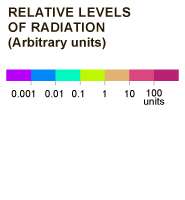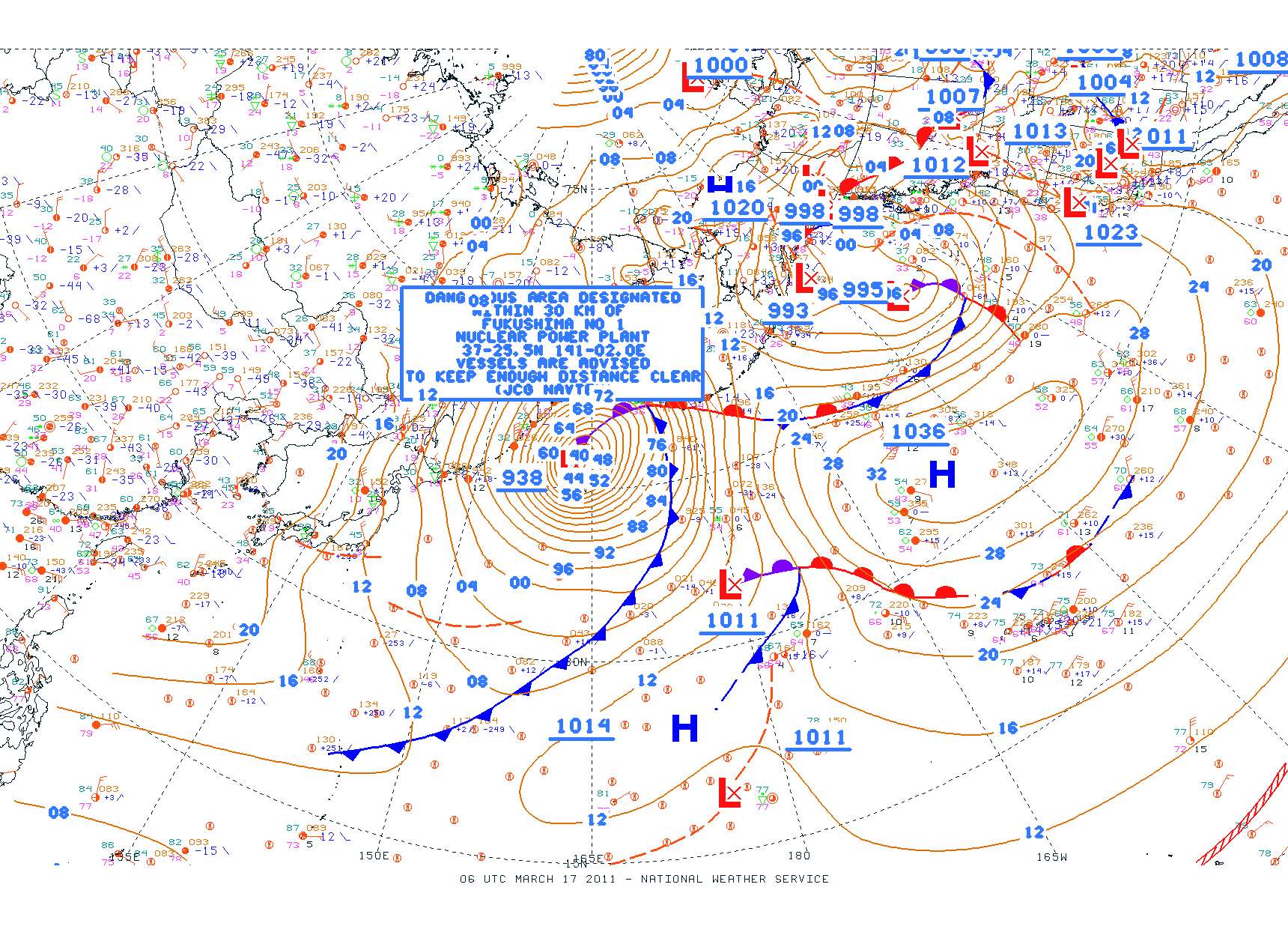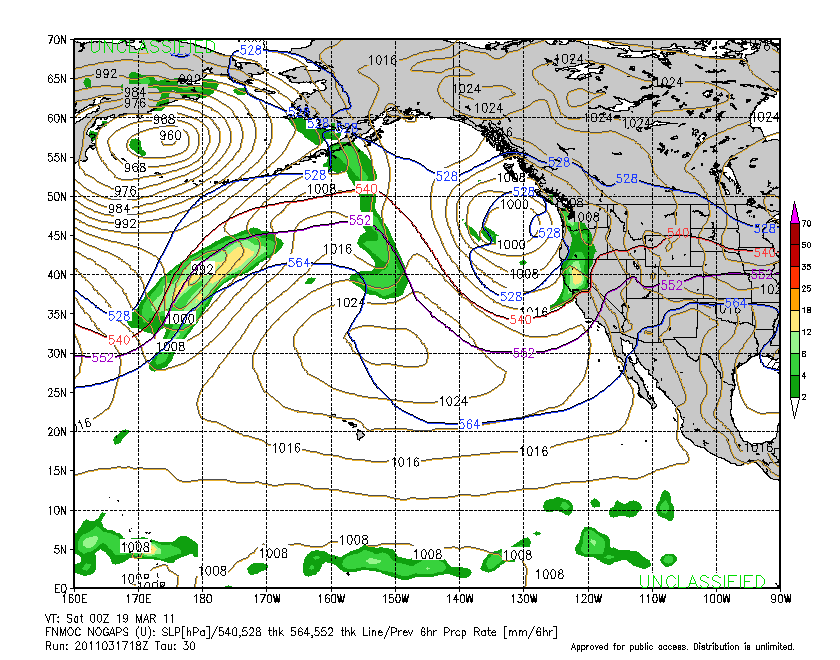Update:
An Austrian web site has released plume model data here. I don't read the language, so all I have done is look at the imagery.
end update ...................................................
The United Nations and the United States government are modeling the transport and dispersion of the radioactive plume from the Fukushima nuclear reactor crisis, but they are not releasing the results to the public. Lawrence Livermore National Labs (LLNL) has a center called NARAC that has supercomputers to predict the consequences of nuclear incidents, but the New York Times was only able to get some results, likely from the Livermore modeling, through confidential sources.
On Wednesday, the agency declined to release its Japanese forecast, which The New York Times obtained from other sources. The forecast was distributed widely to the agency’s member states.
NARAC provides airborne hazards predictions of the consequences of radiological, nuclear, chemical, and biological releases. Under the DOE, NARAC “provides real-time computer predictions of the atmospheric transport of material from radioactive releases and of the downwind effects on health and safety” (National Response Framework, Nuclear / Radiological Incident Annex). Under DHS auspices, NARAC is currently the primary provider of Interagency Modeling and Atmospheric Assessment Center (IMAAC) products.
The last image from the Times article shows the plume reaching southern California on Friday. However, because the plume is aloft and southern California may not have rain, there may be no fallout from the plume. Moreover, the plume may be very dilute as the article explains. The figure obtained from confidential sources by the Times indicates that radioactivity in air over California will be diluted to about 1 percent or less of the levels at the source in Japan.
March 18 2:00 AM
Image may be NSFW.
Clik here to view. Image may be NSFW.
Image may be NSFW.
Clik here to view.
A forecast by the Comprehensive Nuclear Test Ban Treaty Organization shows how weather patterns this week might disperse radiation from a continuous source in Fukushima, Japan. The forecast does not show actual levels of radiation, but it does allow the organization to estimate when different monitoring stations, marked with small dots, might be able to detect extremely low levels of radiation. Health and nuclear experts emphasize that any plume will be diluted as it travels and, at worst, would have extremely minor health consequences in the United States. Source
The chairman of the Nuclear Regulatory Commission, Gregory B. Jaczko, said Monday that the plume posed no danger to the United States. “You just aren’t going to have any radiological material that, by the time it traveled those large distances, could present any risk to the American public,” he said in a White House briefing.
Chairman Jaczco's conclusion that the plume poses no danger to the U.S. seems very reasonable. However, he should not be afraid to show us the plume dispersion model results that support his position. The U.S. Navy saw fit to move its ships away from the coast of Japan as a precaution. Clearly, the U.S. Navy wouldn't reposition it's ships if there was nothing to be concerned about near the coast of Japan.
Click on weather map to see warning statement.
Image may be NSFW.
Clik here to view.
Earlier this week, the leading edge of the tangible plume was detected by the Navy’s Seventh Fleet when it was operating about 100 miles northeast of the Japanese reactor complex. On Monday, the Navy said it had repositioned its ships and aircraft off Japan “as a precautionary measure.”
Moreover, studies of the Chernobyl accident show that the level of radioactive contamination on the ground at distant sites such as Scotland and Germany were affected by rain events that rained out radioactive isotopes from the plume.
Because the Fukushima event has apparently had nothing close to the levels of radioactive release that Chernobyl did, the 2 events aren't comparable in terms of levels of radioactivity at this time. However, the atmospheric processes are similar. On Friday afternoon, less than 24 hours after the model results reported by the Times ends, northern California has a major rain storm. That rain storm could rain out the radiation that was predicted to be present in the plume offshore of California hours earlier at the end of the model run.
